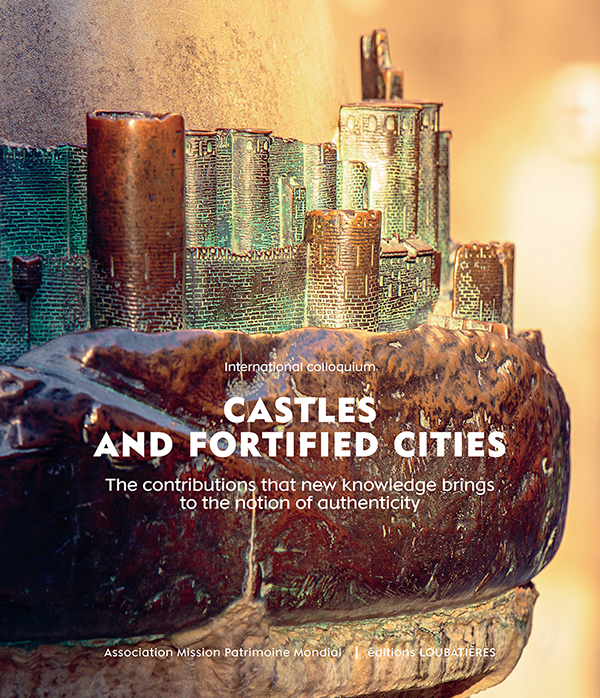
Castles and fortified cities. The contributions that new knowledge brings to the notion of authenticity
What does the notion of authenticity mean in different countries? What role can be assigned to old military fortresses? Should monuments be restored? If so, what techniques and what materials should be used? Between interpreting, reinventing, freezing at a moment in time, identically rebuilding, etc., points of view and biases vary depending on national cultures, sensitivities and periods.
Through examples from around the world, from Lebanon to Algeria, by way of Greece, Japan and Korea, this conference examines this complex notion of authenticity, as applied to architectural heritage, fortifications and the study of castles.
Organised as part of the application by ‘the City of Carcassone and its sentinel mountain castles’ to be added to the UNESCO world heritage list, the event presents conservation models that have been used on other cultural assets. It offers a comparative study of the choices and practices brought into effect on exceptional heritage sites, in particular through the prism of international rules on authenticity.
Chaired by Nicolas Faucherre, Professor of History of Art and Medieval Archaeology, University of ’Aix-Marseilles (France), Representative for the Conference’s Scientific Committee
Archéologie, Architecture et urbanisme, Art sacré, Art, architecture et urbanisme, Beaux livres, Histoire, Histoire, Histoire de l'art, Histoire et Patrimoine, Histoire régionale, Moyen Âge, Patrimoine industriel
Algérie, architecture, châteaux et forteresses, cités fortifiées, Corée, histoire, Japon, Liban, Patrimoine mondial de l'Unesco
